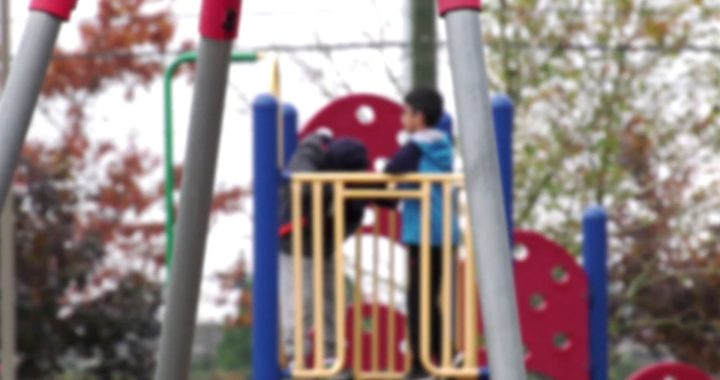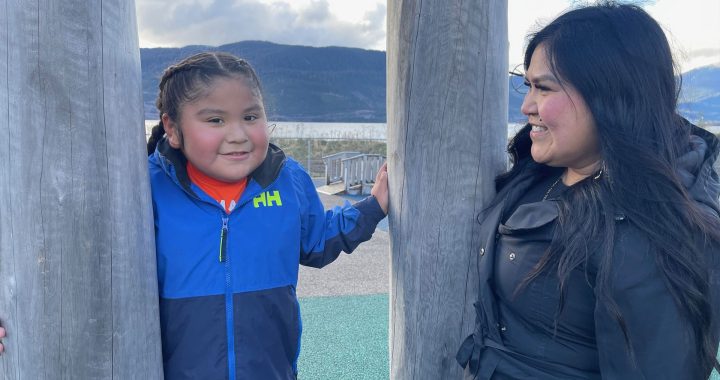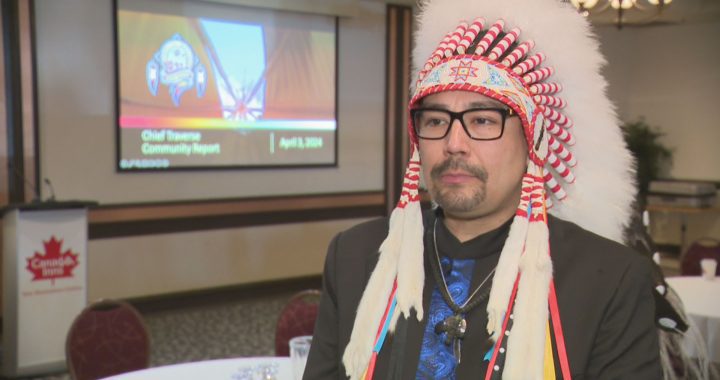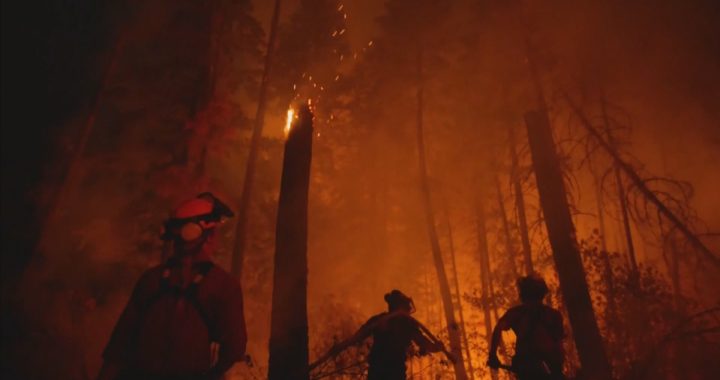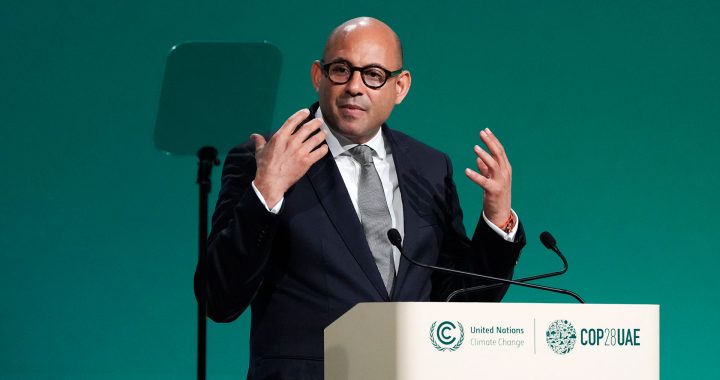While buildings and streets are being renamed and statues are coming down in the name of reconciliation, it’s also causing controversy.
“Reconciliation is not easy” says Ry Moran, the director of the National Centre for Truth and Reconciliation.
“It’s about changing the status quo and anytime you change the status quo, it ruffles feathers.”
As an example, there was opposition to the removal of the statue of Sir John A. Macdonald in Victoria, B.C. in August.
Moran says “Canada is not the only country grappling with this.
“Many countries are trying to decolonize or re-understand their histories. I think the thing to remember is that nobody is talking about erasing history in all of this. It’s about changing how we understand history.”
Moran, who joined host Dennis Ward on Face to Face says there has also been positive changes in the classroom.
“It’s not to say there isn’t still a long ways to go but generally speaking, across the country, most if not all jurisdictions in the country have certainly brought residential schools information into the classroom.”
That too has not been without controversy. There’s been a roll back in planned programming in Ontario schools following the recently election of Doug Ford’s Progressive Conservative government.
“That I think is a real disappointing matter that has happened” says Moran.
Read the TRC’s CTA here: 94 Calls to Action
Moran believes time is of the essence when it comes to the Truth and Reconciliation Commission’s calls to action.
The Liberal government has made big promises on legislation for child welfare, languages and other calls to action – but there has been little follow through with less than a year to go before the next federal election.
And there is a role to play for the average Canadian to play in reconciliation.
“I think for non-Indigenous peoples, the most critical thing that individuals can do is rectify the imbalance of historical understanding and really try to put one’s self into the shoes of an Indigenous person for a little bit.”






